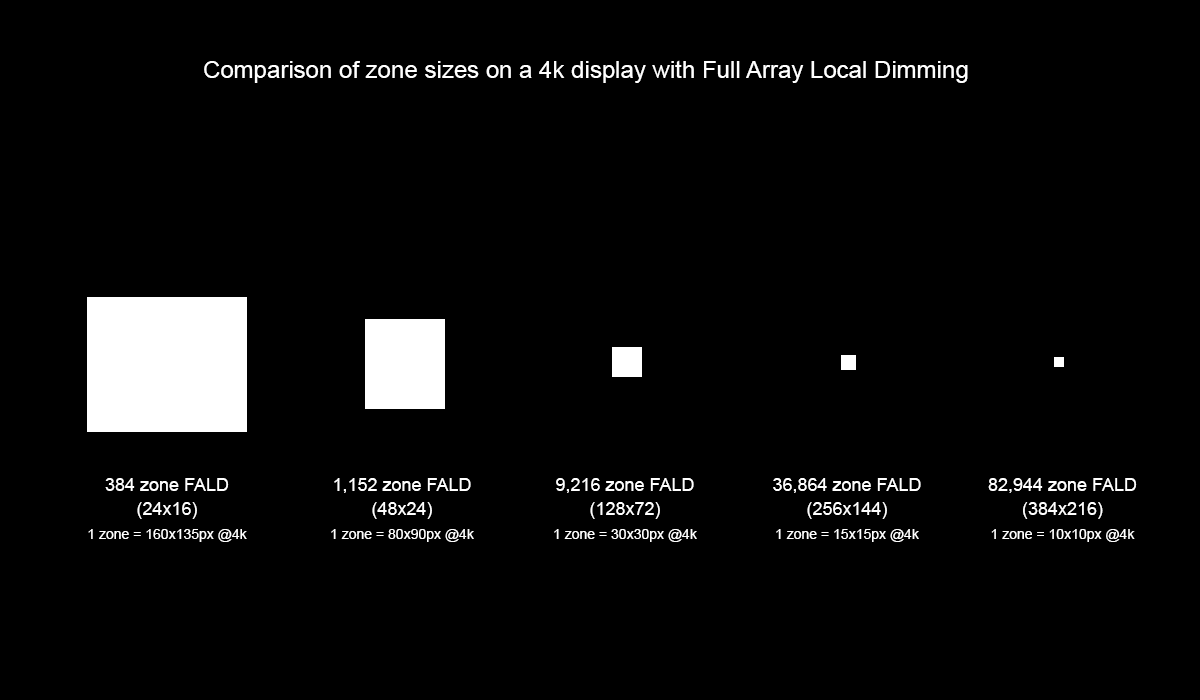euskalzabe
[H]ard|Gawd
- Joined
- May 9, 2009
- Messages
- 1,478
Just wondering if anyone had read any juicy bits I've missed. I follow PCmonitors and TFTcentral, but it's been quiet for a while on these two fronts. I keep reading 144hz 32" QHD screens! 4K 144hz for the price of your kidney! Meanwhile, they're all the same garbage panels with crappy blacks (yes, even the $2000 panels are poop... have you seen the FALD models with insane blooming the second you move the mouse around? Unacceptable).
I'm "happy" with my current monitor situation, I just expected there to be 32" OLEDs at this point. I'll take the burn-in risk and replace in 3 years, happily. Meanwhile, all players are keeping OLEDs big to justify their high prices - nevermind 6" Samsung phones have hi-res AMOLEDs for $300.
So yeah, wondering when we'll get anywhere close to decent contrast. Micro-LED has been quiet... and seems Minis will only show up in spring or so - I'm expecting delays to fall 2020!
This situation is an embarrassment. Monitors have barely moved an inch in the past 10 years. Blegh...
I'm "happy" with my current monitor situation, I just expected there to be 32" OLEDs at this point. I'll take the burn-in risk and replace in 3 years, happily. Meanwhile, all players are keeping OLEDs big to justify their high prices - nevermind 6" Samsung phones have hi-res AMOLEDs for $300.
So yeah, wondering when we'll get anywhere close to decent contrast. Micro-LED has been quiet... and seems Minis will only show up in spring or so - I'm expecting delays to fall 2020!
This situation is an embarrassment. Monitors have barely moved an inch in the past 10 years. Blegh...
![[H]ard|Forum](/styles/hardforum/xenforo/logo_dark.png)
